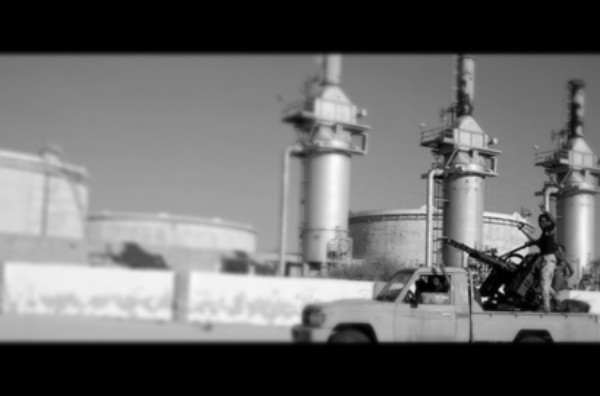NARCO Analysis: Libya's 1mbpd Question (Part One)

The big question everyone is asking is now that Libyan production has hit the magic 1mbpd, how long can it stay there? A lot of analysts are spitballing, but it’s really a question without an answer.
Here’s why. Because there is no overarching strategy that brought production back, there is therefore no corresponding trajectory allowing us to project how long production will remain at these levels. At its root, the problem is not one of production analysis, but more of meta-analysis: if we can’t identify a pattern that explains how we got to where we are, then we can’t develop a pattern to tell us where we’re going.
But here’s the longer take. There have been a couple of structural developments in the last year that did allow for sizeable increases in production. First, the so-called Libyan National Army’s capture of the Oil Crescent export terminals allowed for the resumption of exports and concomitant upstream activity. The second was the defeat of the Islamic State in Sirte that led to improved security in the upstream, which then permitted workers to return to the wellheads to make necessary repairs and restart fields. Combined, these two developments got us to around 680kbpd in JAN2017. All well and good.
From there things start to get hinky. To make up that gap between 680kbpd and 1mbpd, it appears that NOC chief Mustafa Sanalla has gone around the country stitching together a patchwork of deals entirely independent from one another. In every instance where production has come back he’s allocated a cut to whomever is in control of that wellhead or field. So, if a well has a nameplate capacity of 12kbpd, revenue from 8kbpd may be going to the CBL and revenue from the remaining 4kbpd is going to local stakeholders. Proceeding in this manner, Sanalla is able to secure incremental increases in production, recognizing that if the trade-off is between 8kbpd and 0bpd, he ought to take the 8,000.
There are several problems with this approach. One analogy that came to mind is probably a little obscure (and completely ahistorical), but it may be helpful. Prior to French occupation of Morocco in 1912, the Sultan (he was Sultan then, not King) was always in the saddle. There was never a fixed concept of the monarchy’s territory. The Sultan went around the country with his retinue – a harka – and subdued communities to compel them to pay taxes. Those that paid taxes constituted bilad al-makhzen, those that refused were outside the monarchy and were bilad al-siba, the so-called lawless territory. The problem was that the Sultan had to do this perpetually. In order to hold together his kingdom, he would ride and ride and ride, subduing one group here, and then returning to an earlier group to subdue them again lest they slip into bilad al-siba, and then back to another group and around and around. This is what Sanalla has to do, not on horseback, but in the NOC jet, and not through coercion, but through concessions.
You evaluate how sustainable this approach is.
But apart from the approach’s inherent risks, there are other exogenous risks to production that make forecasts into next week, let alone through year-end, hooey. These risks range from the micro to the macro. Take for example when Sharara opened back in MAY2017 and then shut and then opened and then shut and then opened all in the space of two weeks. Or when Sharara opened again in JUNE2017 and then was shut down because a worker had drowned in the base camp swimming pool. That’s 270kbpd taken offline because someone couldn’t swim.
And then there are the macro risks. Self-styled Field Marshall Khalifa Haftar has just declared the complete pacification of Benghazi, sparking speculation that he will try to consolidate gains in the south around Sabha and then move westward to Misrata and eventually Tripoli. But rest assured Misratans and the different constituencies in Tripoli will not to go gentle into that good night. What then of Libya’s production? What will Sanalla do? None of it augurs well.
Sure, Libyan production could hang around 1mbpd for the remainder of 2H17, but without a cogent explanation for how and why, that’s not a forecast, it’s a gamble. And given how wobbly Libya is, NARCO will happily take the under.
